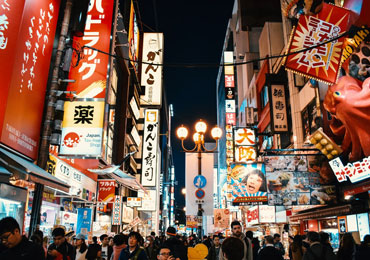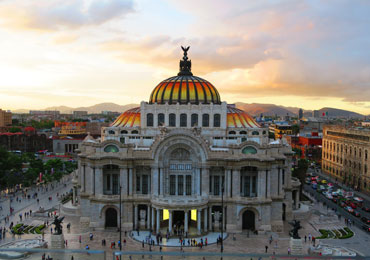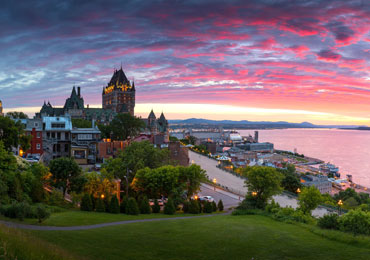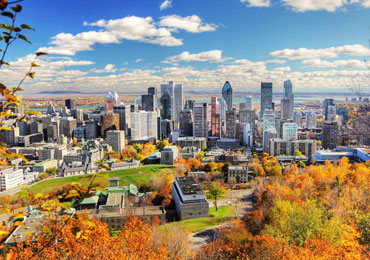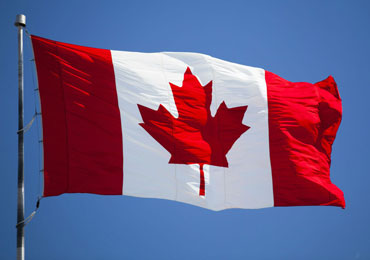History of Seoul
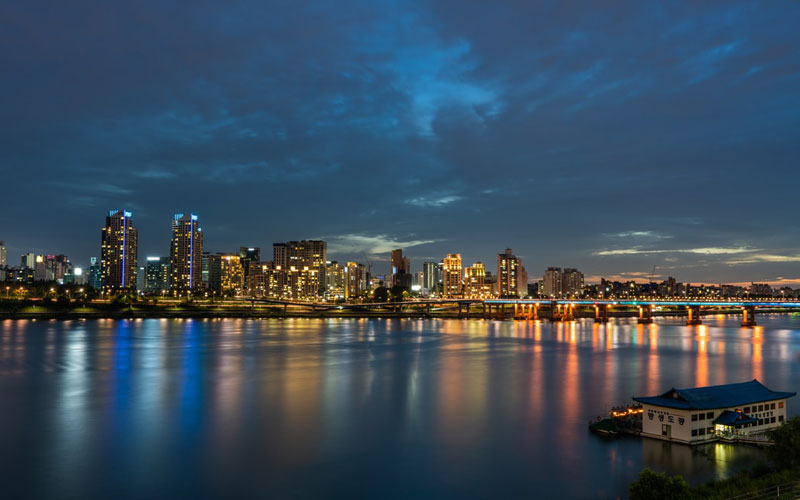
Seoul has held the honor of being a capital under the rule of various rulers; however, the history of Seoul goes back to 18 BC, and the first time it was chosen to be the capital was of the Baekje Kingdom. Later, it got its name. Seoul as a city became prominent during the Joseon Dynasty. Former General Yi Seong-gye chose Seoul to be the capital of his empire in 1392. Seoul grew into an exclusive city with 100,000 people during the next ten years. What more does history bring for us? Here is a brief timeline of Seoul.
In the area of Seoul, the capital of the Baekje kingdom was established named Hanseong. The Baekje ruled the peninsula for almost four centuries until the fall of the Goguryeo kingdom.
The dynasty of Goryeo changed the name of the capital after invading the Silla dynasty. From Hanseong, it became Nangyeong which meant the southern capital.
New people came flooding in central Mexico from the north, including Nahuatl speakers.
King Taejo announces the Hanyang (present-day Seoul) as the capital of their kingdom of Joeson. He mobilized around 200,000 laborers in order to surround the city by building a great wall.
The Great Sejong supervises the invention of Hangeul that was a popular Korean script, presented to the citizens in the form of a document known as the Hunminjeongeum.
King Jeongjo shifts the royal court to Suwon. He also established the Hwaseong fortress (in today's time, a world heritage site) in order to secure the palace.
King Gojong announces the foundation of the Korean empire just as the movement of independence grows in Korea. In the same year, King Gojong formalized the end of the dynasty of Joeson's ancient ties with China.
Between the port of Seoul and Incheon, the advancement of the railroad opens while continuing the modernization of it.
Japan forced King Gorjong to resign as the power increased with time. The country annexed Korea, starting the colonial rule of 35 years.
The Korean republic is founded in the south part of the peninsula following World War II. Meanwhile, in the north, Kim II Sung north establishes the Democratic People's Republic of Korea.
The forces of North Korea seize Seoul for ninety days prior to the counterattack by the forces of the United Nations, led by South Korean and US troops. Three years later, the Korean war comes to an end by the armistice.
The exile of president Syngman Rhee, followed by a popular protest, takes place in these years. General Park Chung-hee comes into power.
Park is shot dead by the reliable head of his own intelligence agency after surviving several other attacks.
Following the stable national protests, with a solid concentration in the soul, the Korean military dictatorship that was under Chun-Doo-hwan resigned in order to allow the practice of democratic elections.
Summer Olympics held in Seoul, the establishment of a massive Olympic park and major expressway.

Seoul is popular as the cultural capital of Asia. It is a city that is modern and futuristic. Here are some facts that will interest you.
- Seoul is known as the heaven for tech junkies.
- Seoul is one of the largest economies in the world.
- Seoul has one of the best airports.
- Seoul has 12 world heritage sites.
- The futuristic architecture is one of the greatest tourist's attraction.
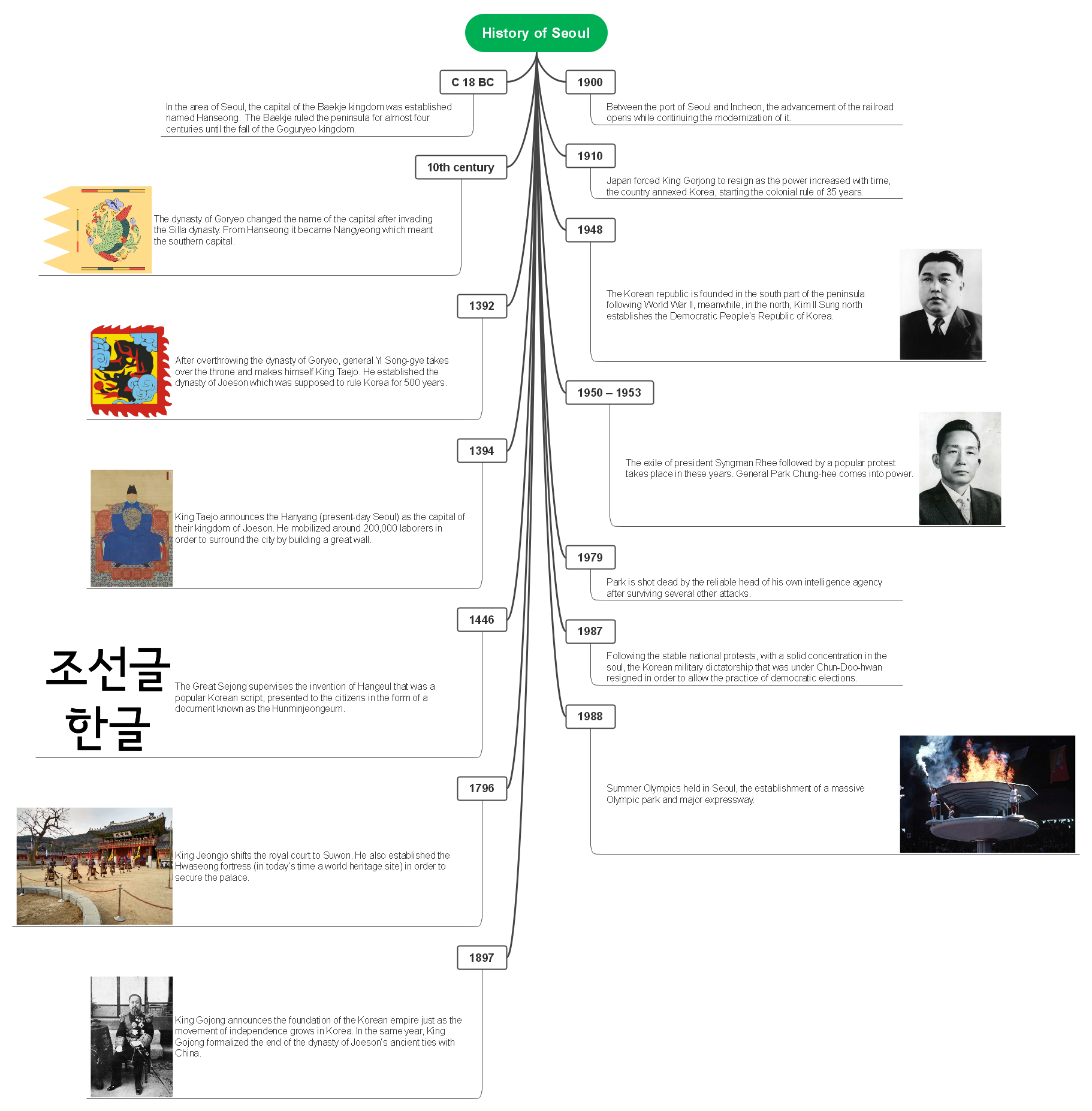
The lively capital of South Korea, Seoul has been the major social and political point of the country for somewhere in the range of 2,000 years. While the region around Seoul dates to the Paleolithic Age, the city didn't appear until around the time of 20 BC.
These days, this metropolis city is a famous destination for tourists for its architectural and UNESCO World Heritage destinations, as well as its entrancing history and its situation as a center for visiting South Korea.

